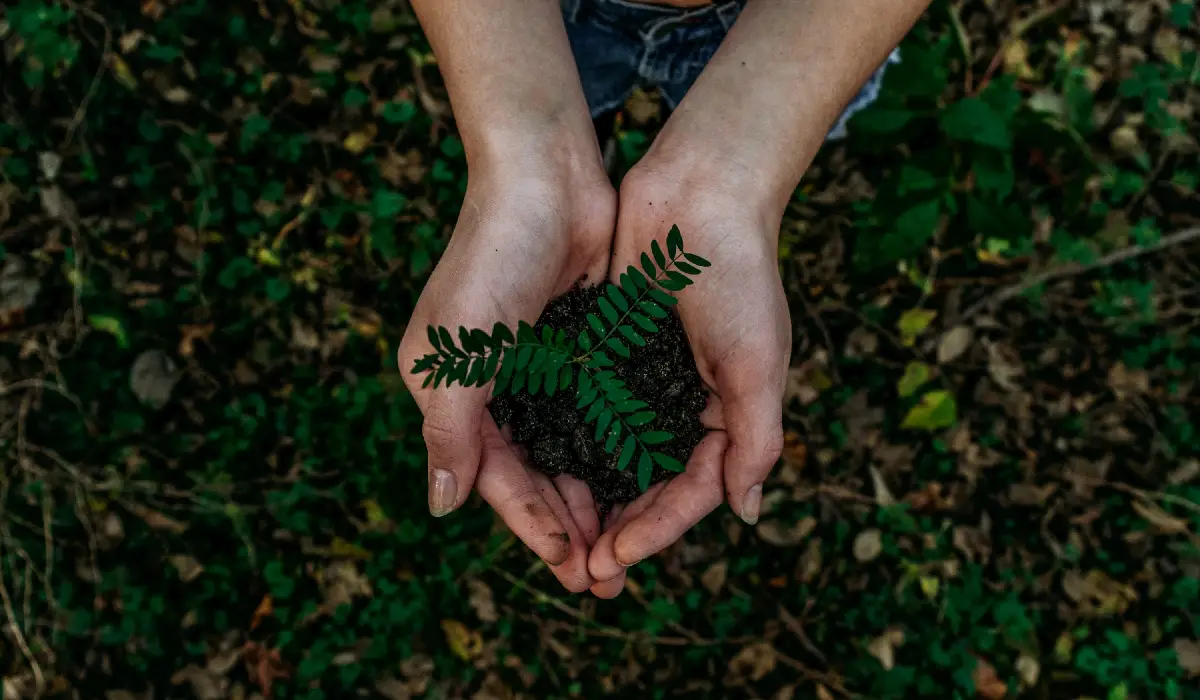On May 22nd, we are commemorating International Biodiversity day and the theme for this year is “we are part of the solution”. Many Biodiversity conservation efforts are actively taking place globally, emphasising its importance and the need to conserve it. How does biodiversity play a crucial part for a sustainable future? It’s not just something environmentalists should be concerned about, but a vital factor for our very own survival.
WHAT IS BIODIVERSITY?
In simple terms, Biodiversity consists of all the many species of animals, plants, fungi, micro-organism, and other life forms and the variety that exists within each species. It also includes the diversity present in ecosystems, the variation we see in the environment including biomes, the fauna and flora present in it, and the various ways in which these components interact with each other (FAO 2013). Although biodiversity has often been undervalued and taken for granted by modern societies, its existence is the basis for a wide range of ecosystem services. These include provisioning services, regulating services, cultural services, and supporting services. Pollination, availability of freshwater, carbon sequestration, air quality regulation, raw materials, recreation, etc., are some of them. It has been proven that biodiversity loss could expand zoonoses – diseases transmitted from animals to humans- while, on the other hand, if we keep biodiversity intact, it offers excellent tools to fight against pandemics like those caused by coronaviruses. Our personal health, health of our economy, and human society depends on ecological services which are extremely costly or impossible to replace.
Biodiversity extends upto the level of genetic diversity. It is extremely crucial to maintain a diverse gene pool. The field of biotechnology relies on many wild varieties for making genetically modified fauna and flora. Biodiversity has been helpful for curing many diseases, in pharmaceutical, food production and many more. Many people also depend on biodiversity for their livelihoods and in many cultures natural landscapes are closely linked to spiritual values, religious beliefs and traditional teachings.
THREATS TO BIODIVERSITY
So the need for conservation of biodiversity is beyond question. According to the 2020 Living planet index (LPI) published by WWF, there is an average of 68% fall in monitored population of mammals, amphibians, reptiles and fishes between 1970 and 2016. According to this report, only 13% of the ocean is considered to be wilderness and nowhere is it entirely unaffected by humans, waste and marine litter are found even in deep ocean trenches. The main causes of biodiversity loss are:
- Habitat loss
- Climate change
- Overexploitation
- Invasive species
- Pollution
Each of these causes, or “direct drivers”, puts tremendous pressure on biodiversity and often they occur at the same time in the same ecosystem or environment. Other indirect drivers are population growth, profit-based economy models, unsustainable consumption patterns and influence of socio-political systems. The estimates of the risk of extinction by 2100 due to climate change alone, is in the range up to 20% of wild terrestrial species, even under credible mitigation policies (LPR 2020). There are many reports showing statistics and emphasising on the facts of the grim realities of biodiversity loss and climate.
SUSTAINABLE FUTURE
Natural resources and ecosystem services are much essential to ensure a sustainable future. Recognizing this fact, the United Nations (UN) established many organizations and policies for biodiversity conservation and for regulating its other aspects. The Earth summit in 1992 established the Convention for Biological Diversity (CBD). Objective of the CBD is “the conservation of biodiversity, the sustainable use of its components and the fair and equitable sharing of the benefits arising from commercial and other use of genetic resources”. Various legal frameworks like Cartagena protocol on biosafetyand Nagoya protocol on access and benefit sharing are developed by CBD for ensuring sustainable use of biodiversity. Among the Sustainable Development goals adopted by UN as the part of Agenda 2030, SDG 15 is about ‘life on land’, and SDG 14 on ‘life below water’. On the 10th meeting of conference of parties of CBD, they adopted a short term strategic plan for Biodiversity, according to this plan a set of 20 targets, known as ‘Aichi Targets’ were proposed. In the 15th COP of CBD, said to be held in Kunming, China in this October, a post-2020 biodiversity framework will be adopted and the valuation of Aichi Targets will be done. Global youth Biodiversity Network (GYBN) is an initiative from the part of CBD to join the youth around the globe for Biodiversity conservation and creating awareness and to ensure the recognition of youth in policy making level related to biodiversity. This network has local chapters in many countries and coordinates activities very persistently.
2021-2030 is the UN decade on Ecosystem Restoration and is to be launched from June 5 environment day. The initiative tends to increase the global cooperation to restore degraded ecosystems, mitigate climate change related issues and to safeguard biodiversity, food security and water resources. This is led by UNEP and FAO, along with other organizations such as IUCN, Global landscape forum etc. This is also the UN decade of Ocean science for Sustainable Development. The initiative tends to create a new foundation, across the science-policy interface, to strengthen the management of our oceans and coasts for the benefit of humanity. The Intergovernmental Oceanographic Commission (IOC) of UNESCO is the United Nations body responsible for supporting global ocean science and services.
REFERENCES
- Secretariat of the Convention on Biological Diversity (2020) Global Biodiversity Outlook 5. Montreal – https://www.cbd.int/gbo/
- The Youth Guide to Biodiversity, FAO 2013 – https://c674dcb1-aaaa-4345-b561-6517870d3dea.filesusr.com/ugd/0d4e2d_2c89a390376d4e5da135e6db259df2e4.pdf?index=true
- Global Youth Biodiversity Network (2016), CBD in a nutshell, Germany, 204 pages – https://gybninfo.wordpress.com/resources/guidebook/
- Aichi Targets – https://www.cbd.int/sp/
- WWF (2020) Living Planet Report 2020 -Bending the curve of biodiversity loss. Almond, R.E.A., Grooten M. and Petersen, T. (Eds). WWF, Gland, Switzerland. – https://livingplanet.panda.org/
- UN decade on ecosystem restoration – https://www.decadeonrestoration.org/
- UN decade of Ocean Science for sustainable development – https://www.oceandecade.org/


